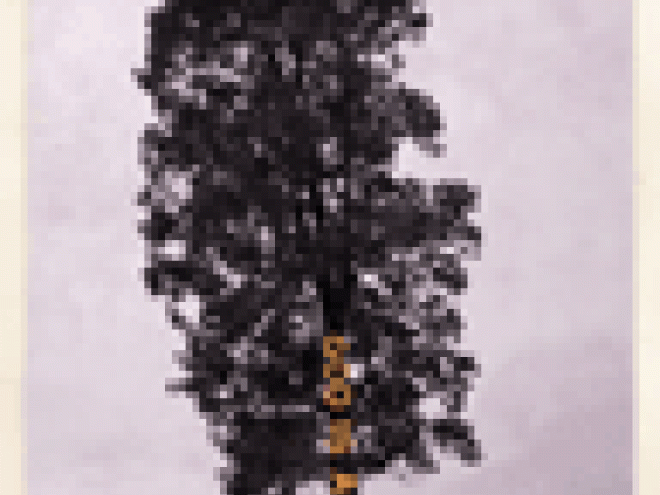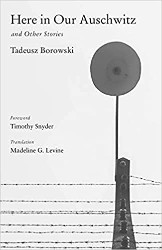By
– January 19, 2012
In 1939, thirteen-year-old Paula Becker is a vivacious girl growing up in a small German town within a loving family. She enjoys cooking with her mom, playing with her younger sister, and teasing her dog. Shortly after her birth, her mother was exposed to rubella and as a result, Paula has become deaf. Determined to fit in, Paula has devised her own method of hand signals which her neighbors and friends have grown accustomed to and she is treated like everyone else. When the Nazi government initiates Action T4, a program which dictates that doctors euthanize the mentally ill and the disabled, Paula realizes she is marked by her impairment and fears for her life. With the help of Father Josef, she is taken to the country and hidden in the home of a retired school teacher who teaches Paula how to sign. When the Gestapo invades the farm, Paula is forced to flee again and is hidden in a homeless shelter of a church where she becomes friends with a young Gypsy boy, who becomes her protector and after the war, she later marries. Told in lyrical, free verse, this is a powerful and moving account of one young girl’s determination to survive during the horrific Nazi regime in Germany. The title,T4, derived after the address, Tiergartenstrasse 4 , which headquartered the infamous organization of this government program, skillfully weaves together historical fact and elegant prose to give the reader insight into the injustices of the Nazis during World War II. This short yet stirring read accompanied by additional notes at the back of the book would be a rich addition to any Holocaust study unit. Recommended for 12 and up.
Debra Gold has been a children’s librarian for over 20 years in the Cuyahoga County Public Library System. An active member of the ALA, she has served on many committees including the Caldecott, Newbery and Batchelder committees.



